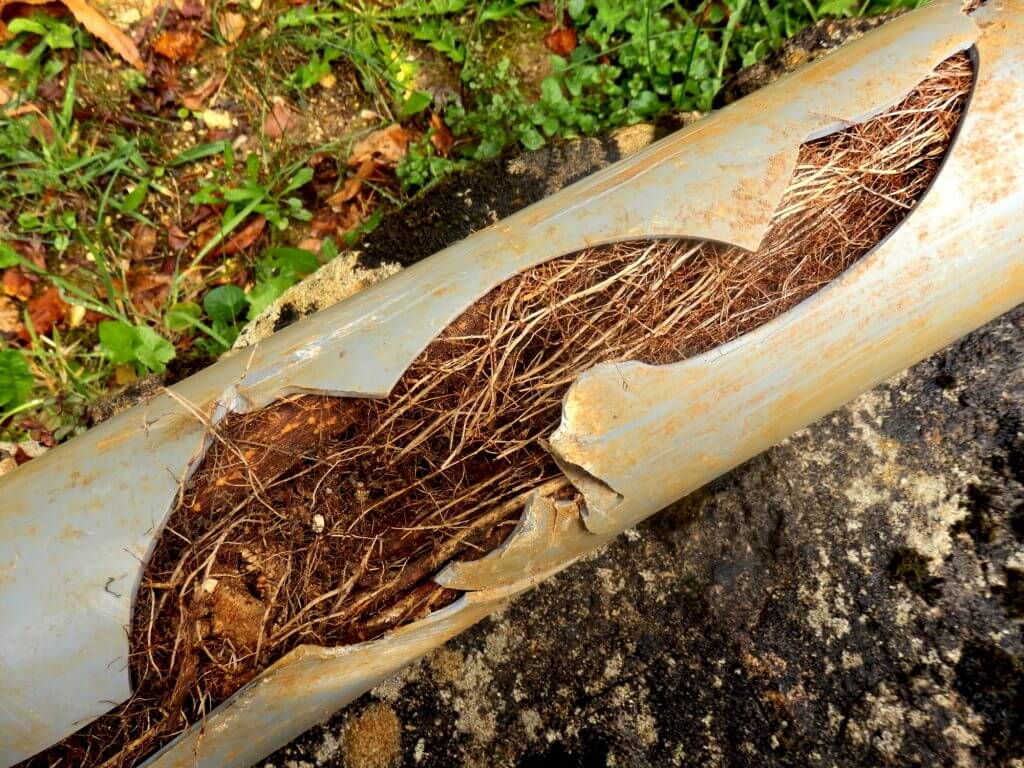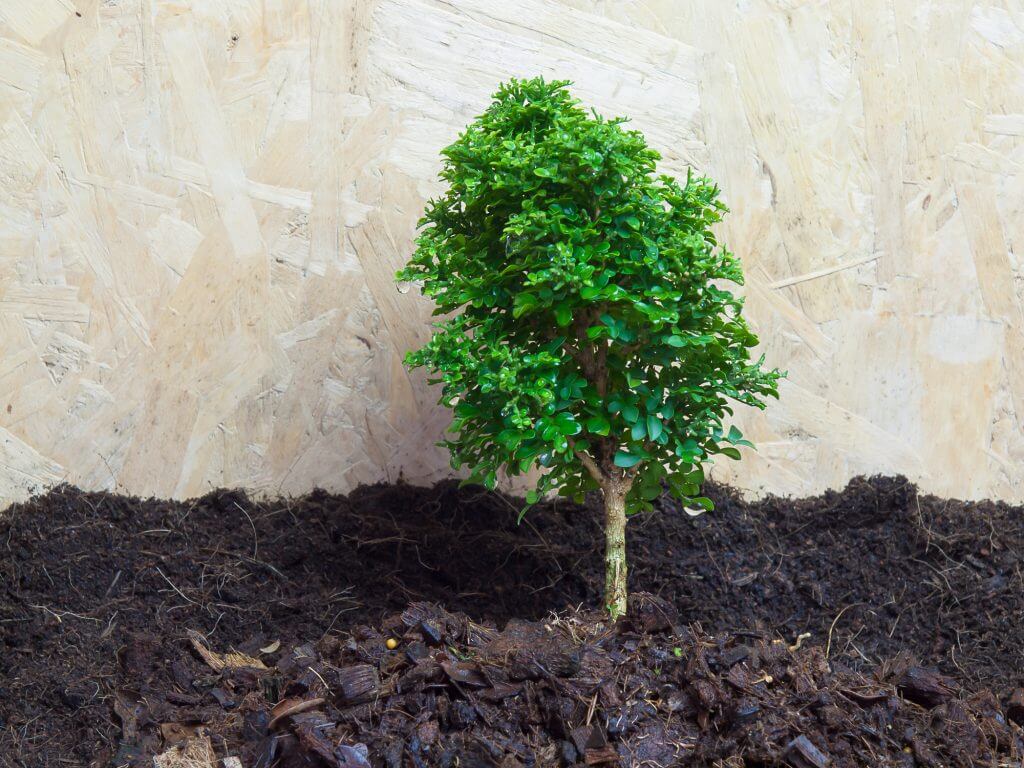While murraya paniculata (also known as orange jessamine, orange jasmine, or mock orange) is considered as an invasive species in many areas, present cultivars of Murraya paniculata do not have invasive root systems.

Where to buy Murraya Paniculata
If you are looking to buy Murraya Paniculata plants, we suggest you buy your Murraya Paniculata Plants here.
Basics of Murraya Hedge Roots
Murraya paniculata has taproots that support the stems. The taproot has lateral roots and lots of fine roots.
The invasiveness of the Murraya comes not from its root system, but from how easy it can propagate through its seeds. Murraya seeds are abundant and easily germinate and establish their roots under the right conditions.
The notoriety of murraya in terms of invasive roots probably came from the older varieties when it was first introduced to its non-native habitats.


How Invasive are the Roots of Murraya
Newer murraya varieties do not pose significant problems when it comes to its root systems. Dwarf murraya varieties, most especially, are suitable for home gardens as hedges and ornamental plants without any issue in relation to its roots.
In fact, Murrumbidgee Irrigation, one of the biggest private irrigation companies in Australia, classifies Murraya paniculata as “low” in invasiveness in relation to what vegetation can be planted near its irrigation pipeline and infrastructure.
The Fact Sheet on Murraya paniculata by the Institute of Food and Agricultural Science in the University of Florida states that murraya paniculata’s roots are “usually not a problem.” They even suggested that nurseries should be encouraged to grow murraya for planting such as near a patio and even under power lines.
That said, murraya paniculata can be planted close to structures such as by the walls of the house, beside fences or posts, and even close to some other plants and trees.


Where to Plant Murraya and Murraya Hedges
Murraya is so versatile and easy to grow that it can be used to fill the awkward spaces in your garden where other plants will not thrive.
It can also be planted close to other plants with no issue.
Safe to say, the roots of the murraya are not invasive to cause issues and damage, just like any typical plant or small tree.
If you want to be sure to prevent any problem with murraya hedge’s roots, plant them about 3 to 5 metres away from plumbing and irrigation systems, and other vulnerable structures.
Make sure to keep them away from pipe, irrigation, and drainage openings.


What to Do When Your Murraya Hedge’s Roots Cause Problems?
If in case your murraya hedge’s roots cause issues such as getting into your plumbing or other structures, contact your local plumber for help.
Here in Tasmania, you can contact experts such as Nu-Jet to help you assess the situation and resolve any issue caused by your murraya hedge’s roots.
[elementor-template id=”4720″]
[elementor-template id=”6387″]
